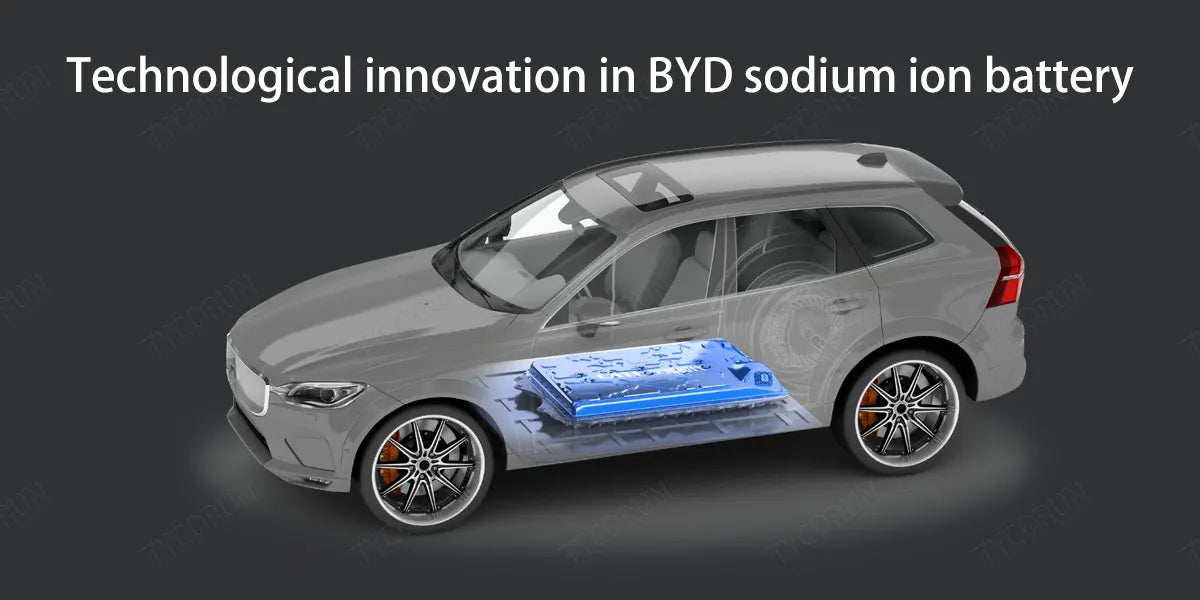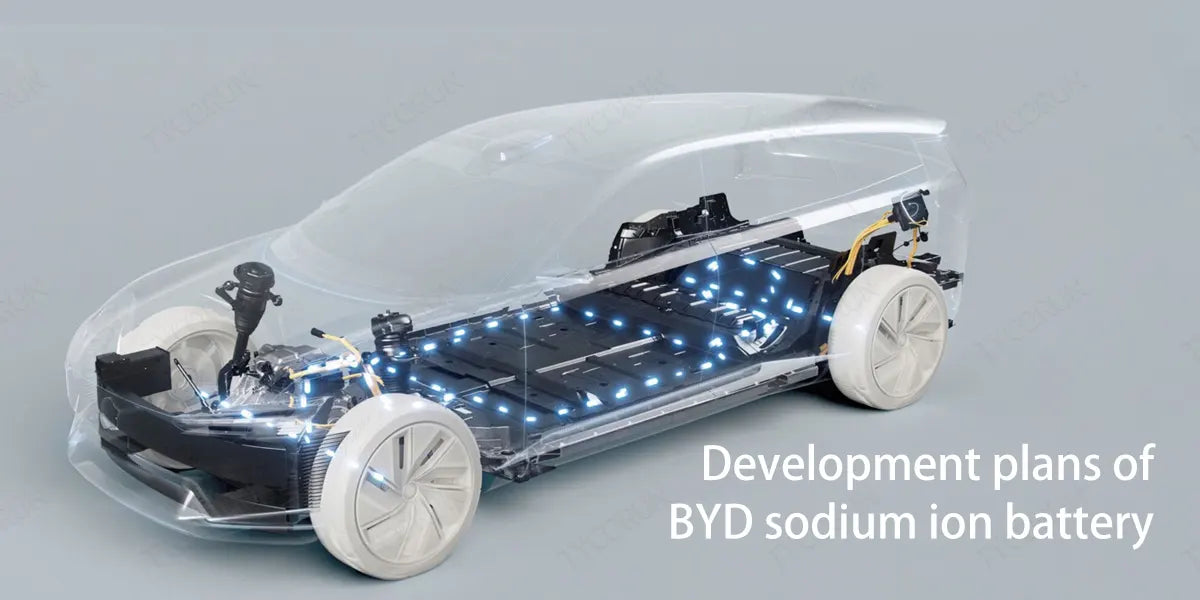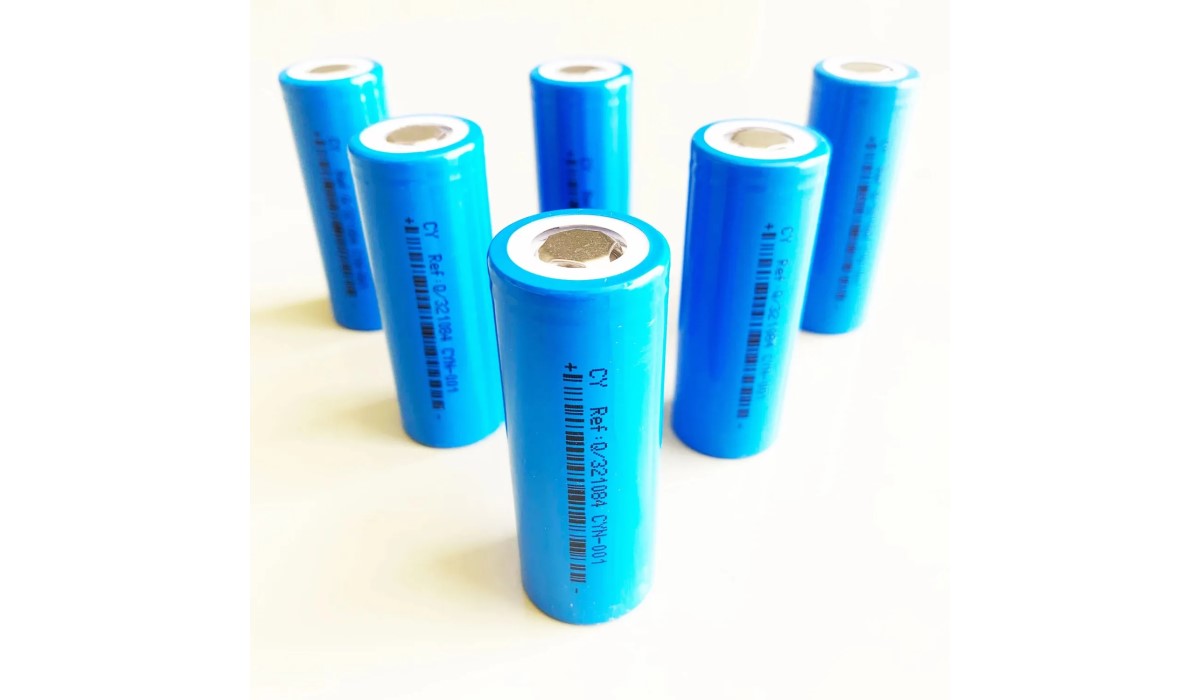
Sodium ion batteries are a power battery technology route that has resurfaced in recent years. Using sodium to replace lithium is an alternative to reduce the dependence of power batteries on lithium resources.
In the past two years, lithium prices have continued to rise. At the peak, lithium carbonate exceeded 600,000 RMB (84000 USD)/ton, an increase of more than 10 times. This made the demand for alternative regularization particularly urgent. Compared to lithium, sodium can be stored in greater quantities and at a lower cost.
Recently, at the second sodium ion battery industry chain and standards development forum, BYD introduced its development progress and plans for BYD sodium ion battery. This article will present to you the latest development trends of BYD sodium ion battery from the aspects of its technological innovation, development planning, and sodium electric models.
Main content:
Technological innovation in BYD sodium ion battery
The following are some innovative technologies of BYD sodium ion battery. Through the comprehensive application of multiple technologies, BYD sodium ion battery has achieved breakthroughs in high-performance indicators.
In terms of cathode:
- Developed atom mosaic technology to achieve environmental compatibility;
- Developed ion antenna technology to achieve super discharge capability;
- High-entropy fusion technology realizes super stable cycle of structure. (It may be surface coating);
- Line-to-point contact conductivity;
- Application of carbon nanotubes;
- Co-doping technology of multiple metal elements.

In terms of anode:
- Creatively proposed shielding film technology to achieve high first-efficiency of anode;
- Developed directional fast ion plug technology to achieve ultra-deep and ultra-fast charging and discharging of the anode. (It may be surface coating to reduce solvent entry into the pores, SEI film formed on the outside of the particles);
- Pole piece level design to reduce tortuosity.
In terms of electrolyte:
- Incubated bionic self-healing and passivation film technology to ensure long cycle;
- Developed superfluid electrolyte technology to achieve ultra-low temperature charging and discharging. (It may be the use of special solvents and additives that reduce the solubility of the SEI film on the anode surface.)

Development plans of BYD sodium ion battery
According to BYD’s development plan on BYD sodium ion battery: With the development of sodium battery technology, layered oxide can already achieve an energy density of 140Wh/kg and a cycle life of 3,600 times in 2023. BYD sodium ion battery layered oxide plans to reach 160Wh/kg in 2024, and the cycle life will reach 4,500 times.
The current energy density of polyanions is 110Wh/kg, and the 1C cycle life can reach 6,000 times. Next year BYD plans to increase the energy density to 130Wh/kg and the cycle life to 8,000 times. It is planned to achieve the same level as lithium iron phosphate in 2025, especially in terms of polyanions, reaching 150Wh/kg and a cycle life of 10,000 times.
According to the current planning, BYD may have chosen layered oxides as the power route and polyanions as the energy storage route. Among them, the energy density of layered oxide batteries (in 2023) is higher than all battery samples in the "National First sodium ion Battery Product Evaluation Activity".

BYD sodium ion battery cost
In terms of cost, since the overall output of sodium ion batteries is relatively small and the scale has not yet emerged, the cost of sodium battery is still higher than that of LFP battery. However, with further large-scale application, 24 years is expected to become a better turning point. Then the costs of BYD sodium ion battery are expected to drop significantly in 25 years.
According to calculations by a industry manufacturer, when the scale exceeds 100GWh, the material cost of sodium ions per 1GWh will be 30%-40% lower than that of lithium iron phosphate. This is a big attraction for car companies. Even in the early stages of industrialization, the cost advantage of sodium ion batteries was not obvious. Providing additional solutions in addition to lithium batteries was also a risk hedge against the sharp rise in lithium prices.
BYD's goal is to achieve 640 RMB/system when mass-loaded vehicles are installed, which will be 110 RMB cheaper than the 750 RMB/system of lithium batteries. If the cost advantage can be achieved, consumers' purchasing intention and confidence can be enhanced.
Click the picture for more information of sodium ion batteries!
BYD sodium ion battery car
BYD launched its Seagull model this April, and it plans to adapt both sodium battery and lithium battery versions on it. Seagull is positioned as an A00-class electric vehicle, the smallest model in BYD's Ocean series, with a cruising range of 300-400km.
Regarding the positioning of sodium batteries, BYD plans to use sodium batteries in models that use lithium batteries and sell for more than 200,000 RMB, and will use them in low-endurance models.
In terms of production capacity planning, BYD has a GWh plan for the Nanning factory. Nanning mainly produces square shells. The infrastructure is currently in progress. It is expected that equipment debugging and installation will be carried out in the near future. After debugging, it will be jointly developed with the plans for power battery and energy storage battery.
Seagull continues the design characteristics of BYD Ocean series, with a short and compact body and an overall shape that resembles a "small dolphin". Considering that the Seagull is smaller in size, it is expected to be equipped with the same low-power motor as the Dolphin, with a maximum power of 70kW and a peak torque of 180N·m. And it may be equipped with a lower-power motor.
The sodium battery model has a range of 300km, and the lithium battery model has a range of 400km. Currently, sodium ion batteries in the passenger car field mainly meet the needs of models with a range of less than 400km. Chinese battery leading company CATL will also launch sodium ion batteries soon.
It is reported that BYD will take the lead in using a mixed solution of sodium ion and lithium iron phosphate batteries. However, sodium ion batteries also have shortcomings. For the power battery subcategory, its energy density is not high and its current cycle life is relatively low. This is the main limitation for its mass production and use in vehicles.

The first-generation sodium ion battery previously announced by CATL had an energy density that was already at a relatively high level in the industry, but it was only 160Wh/kg, which is lower than the 180Wh/Kg of lithium iron phosphate batteries and the 300Wh/kg of ternary lithium.
Data shows that the current energy density of sodium ions is approximately similar to that of lithium iron phosphate batteries around 2014, which can only support a range of about 150km on small vehicles. This is why both CATL and BYD chose the mixed solution of sodium and lithium in the early stages.
CATL officials have previously introduced that the company pioneered a battery pack integration technology: two different battery cells are arranged in a single battery pack, which can be lithium iron phosphate + ternary battery, or lithium battery + sodium battery, which is called "AB Battery System Solution".
There are already mass production cases of this technical solution: the 75kWh ternary lithium iron battery pack used by NIO is a mixture of lithium iron phosphate cells and a small amount of ternary lithium cells. CATL uses AB battery system integration technology to achieve a mix of sodium and lithium, which can increase the energy density of the battery system and expand the application of sodium ion batteries to models with a range of 500 kilometers.
The biggest advantage of sodium ion batteries is cost and price, but lithium prices have fallen sharply this year, and recently even fell below the critical point of 200,000 RMB/ton. It seems difficult to reflect the price advantage of sodium ion batteries. BYD has previously stated that it will continue to make BYD sodium ion battery as long as the lithium price is above 200,000 RMB/ton.
However, the value of sodium ion batteries may never be to replace lithium batteries, but as a complementary solution to solve the special needs of some market segments with higher cost performance, such as mid- to low-end models, energy storage fields, such as 12v 100ah deep cycle battery or 12v 200ah deep cycle battery, etc.
In the long run, when sodium batteries are actually put into mass production and put into vehicles, the industry will reduce its over-reliance on lithium resources, and the development of new energy vehicles will also have more guarantees.
Related posts: battery stores near me, 21700 battery, sodium air battery
















